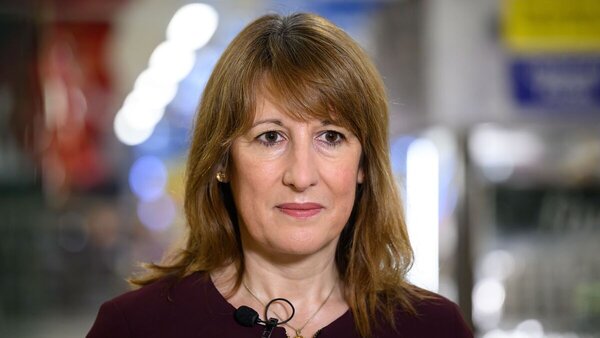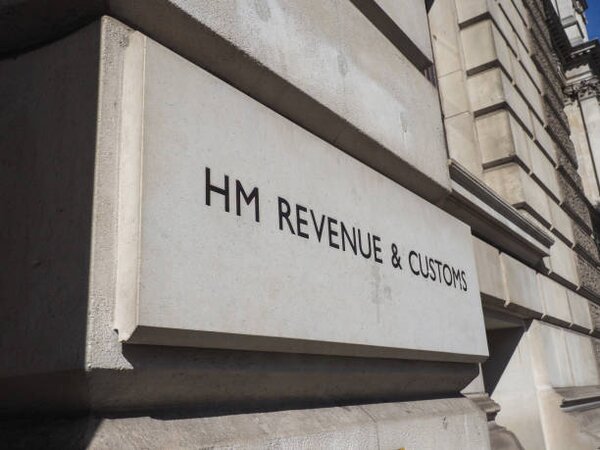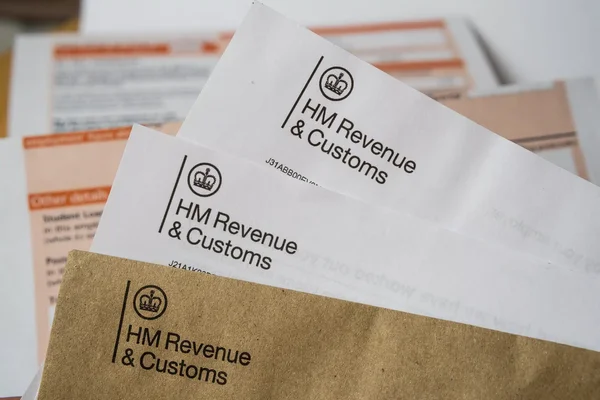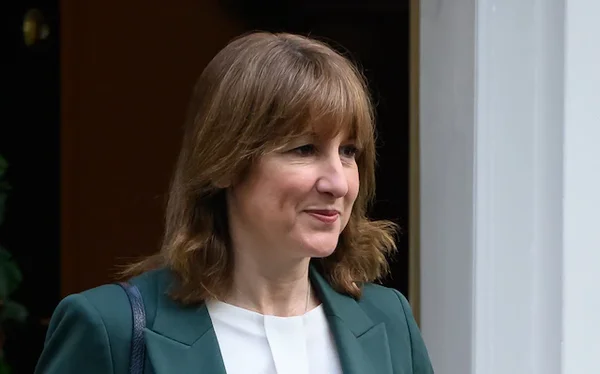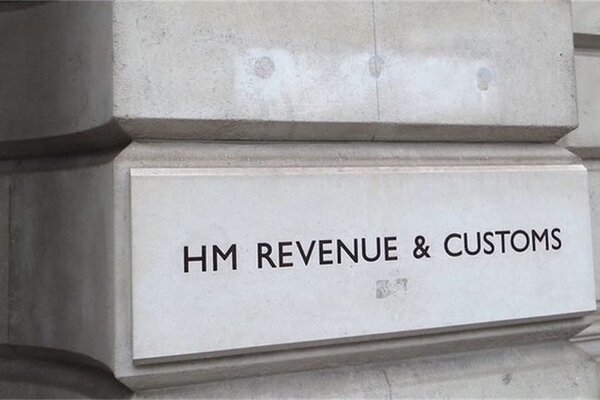
In a bold move designed to address the housing crisis in England’s most in-demand areas, the government has confirmed that, from 1 April 2025, local councils will have the power to double council tax on second homes. This change is set to affect over 500,000 properties across the country, particularly in coastal towns and popular holiday destinations, where second-home ownership has been blamed for driving up property prices and reducing availability for locals.
The new rules are part of the Levelling Up and Regeneration Act 2023, which gives local authorities the ability to apply a 100% council tax premium on properties that are furnished but not used as a main residence. It’s a significant policy shift aimed at levelling the playing field for local residents and discouraging properties from sitting empty for much of the year.
While hailed by some as a necessary intervention to bring homes back into local use, others argue it risks penalising responsible second-home owners and harming local economies that depend on tourism income. Here's what you need to know about the upcoming change and what they could mean for homeowners, renters, and local communities alike.
What’s Changing and When?
The headline change is simple but powerful: from 1 April 2025, councils in England will be allowed to charge double council tax on second homes defined as furnished properties that are not anyone’s primary residence.
This measure comes off the back of the Levelling Up and Regeneration Act 2023, which enables councils to apply a 100% council tax premium. Currently, second homes are typically charged standard council tax, but the new rules aim to close the affordability gap that has emerged in holiday hotspots.
To give property owners time to prepare, councils must give at least 12 months' notice before applying the premium. Many councils have already started notifying second-home owners of their plans.
Why the Government Is Doing This
The policy is rooted in a growing recognition that second-home ownership can put pressure on the local housing market. In coastal towns and scenic rural areas, homes are often snapped up by wealthier buyers for occasional use, pushing prices beyond what many local people can afford.
The aim of the council tax hike is to discourage second-home ownership in high-demand areas, increase housing availability for locals, and raise additional revenue for public services.
Housing Secretary Michael Gove previously stated that second homes “should be charged more” as part of his broader levelling-up agenda to rebalance opportunities across the UK.
Who Will Be Affected?
Over 500,000 second-home owners in England are expected to feel the impact of the tax rise. This includes homeowners with properties that are furnished but not used as their main residence, such as holiday lets used occasionally by the owner, weekend homes, and properties held as investments.
However, there is an exception for holiday lets that qualify as businesses those let out commercially for at least 70 days a year and available for at least 140 as they may be eligible for business rates instead of council tax. Local councils will have the discretion to impose the premium, with some choosing to apply it broadly, while others may focus on areas facing the greatest housing pressures.

Where Will It Hit Hardest?
The regions most likely to be affected are coastal and rural hotspots where second-home ownership is already high. Areas like Cornwall, Devon, North Yorkshire, Cumbria, Norfolk, and the Lake District are expected to be among the hardest hit.
For example, in Cornwall, around 13,500 second homes could be subject to the new premium. Local leaders in these areas have been vocal in supporting the change, saying it could free up homes for local families and help sustain year-round communities.
What Are People Saying?
Supporters argue the move is long overdue. The Local Government Association (LGA) praised the policy, stating that it gives councils “more levers to ensure homes are available for those who need them most.”
In Whitby, North Yorkshire, where second homes have been a contentious issue for years, local councillor Philip Trumper said the change “reflects the wishes of many residents who feel locked out of the local housing market.”
However, critics warn the policy could have unintended consequences. Some second-home owners argue they contribute to local economies and feel unfairly targeted. Others worry that reducing the number of visitors might hurt small businesses in tourist-reliant areas.

Fun Fact
The UK isn’t alone in taxing second homes more heavily. In France, cities like Paris impose a surtax of up to 60% on second homes to combat housing shortages.
In New York City, state legislators have even proposed a “pied-à-terre” tax on luxury second residences. These international parallels show that this is a global problem and one that governments are increasingly tackling head-on.
Conclusion
The upcoming council tax rise for second-home owners in England marks a pivotal shift in the country’s approach to property ownership and housing affordability. As local councils begin to roll out the new premium from April 2025, many second-home owners will face difficult decisions about whether to sell, rent out, or absorb the additional costs.
While the policy aims to support local residents and rebalance housing supply in high-pressure areas, it also raises questions about fairness and economic impact particularly in regions reliant on tourism.
Ultimately, the effectiveness of this change will depend on how local authorities implement the premium, how property owners respond, and whether the added revenue is meaningfully reinvested in communities. It’s a complex issue with no easy answers but it’s one that could reshape the landscape of property ownership in England for years to come.
Frequently Asked Questions
When does the new council tax rule for second homes start?
The 100% council tax premium will be effective from 1 April 2025. Councils must give at least 12 months' notice before implementation.
Who will be affected by the council tax hike?
Second home owners with furnished properties that are not their main residence will be affected unless the property qualifies as a business holiday let.
Can all councils choose to apply the tax increase?
Yes, but it's at the discretion of each local authority. Not every council will necessarily apply the premium.
Will holiday lets be exempt?
Possibly. If they meet the criteria of being available to let 140 days a year and actually let for 70, they may be taxed as businesses instead.
What is the goal of the second-home tax increase?
The aim is to ease housing pressure, raise revenue, and support local communities by making more homes available for full-time residents.




